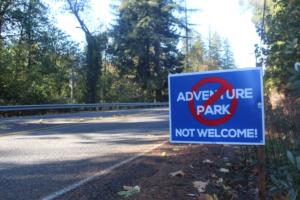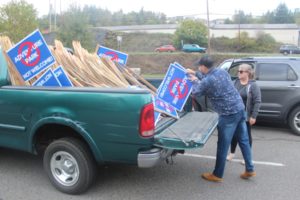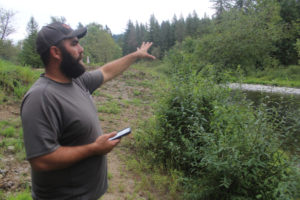Many Skamania Public Utility District (PUD) customers have received — or will soon receive — bills with rate increases that went into effect Jan. 1.
As your elected Board of Commissioners and fellow ratepayers, we are mindful of the impacts of rising utility costs. We would like to use this opportunity to explain the process and rationale behind the increases.
PUDs are not-for-profit, locally regulated utilities that were created in 1930 by a voter-approved initiative. PUD charter under state law is to “conserve the water and power resources of the state of Washington for the benefit of the people thereof, and to supply public utility service, including water and electricity for all uses.”
Skamania PUD’s mission is to provide quality utility services at a cost consistent with sound business principles. The Board’s role is to establish budgets and guidelines to help lead the utility in a direction consistent with its mission.
Skamania PUD is comprised of three utility systems: electric, Carson water and Underwood water. Each system maintains a capital improvement plan that identifies the repair and replacement (maintenance), and/or construction of facilities and infrastructure, provides a planning schedule and identifies options for financing the plan. The initial development of capital projects is disclosed publicly and a collaboration between the Board, PUD staff and consulting experts. The projects are regularly reviewed, evaluated and updated. These plans play a large part in the Cost of Service Analysis (COSA) used to develop equitable rates.



